Zucchini (courgettes)
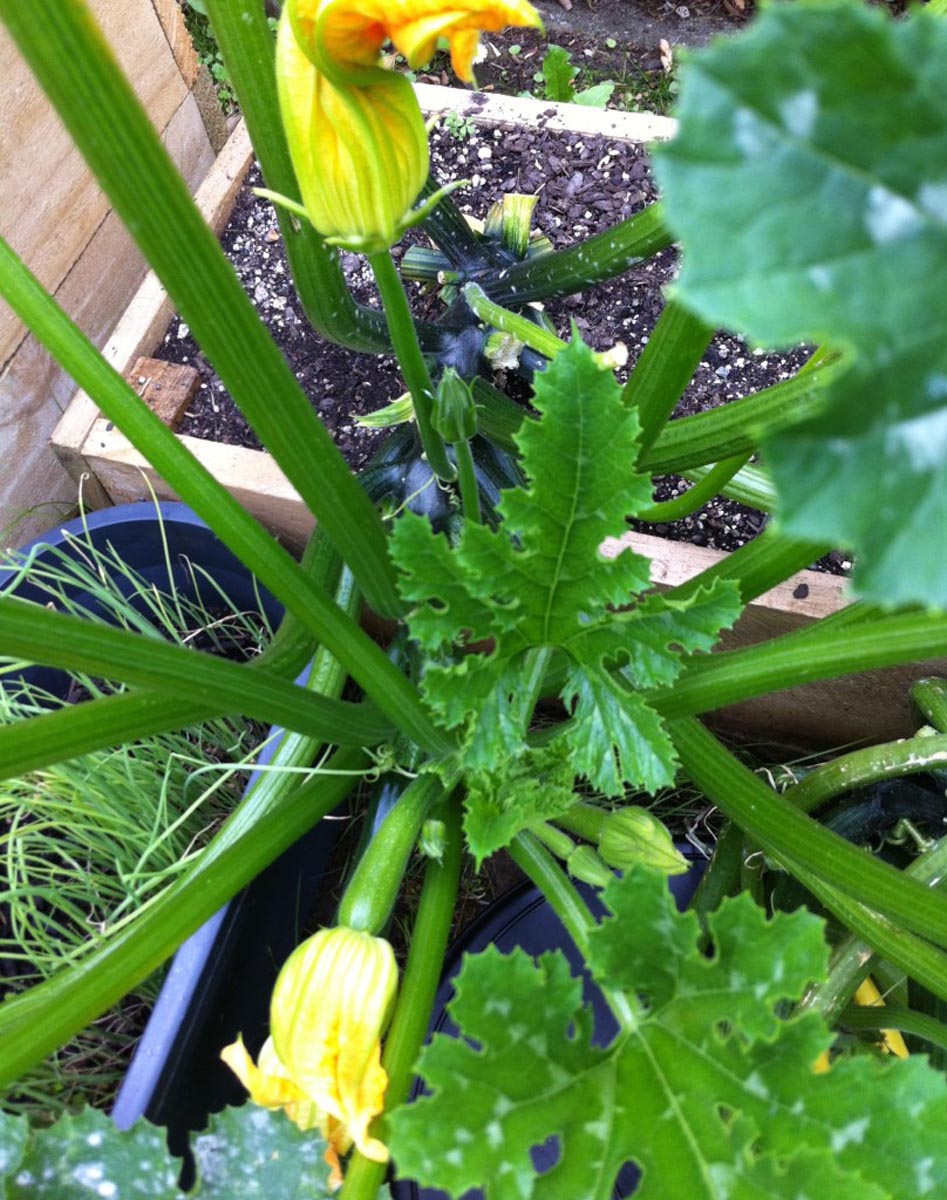
Our favourite way with zucchini flowers is stuffed and fried (anything fried at our place is a no-brainer!).

Our favourite way with zucchini flowers is stuffed and fried (anything fried at our place is a no-brainer!).
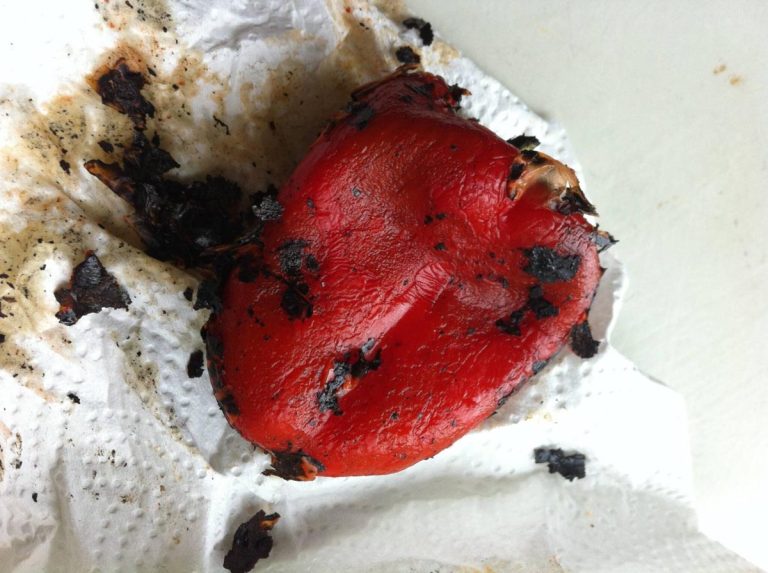
Here’s how to do it
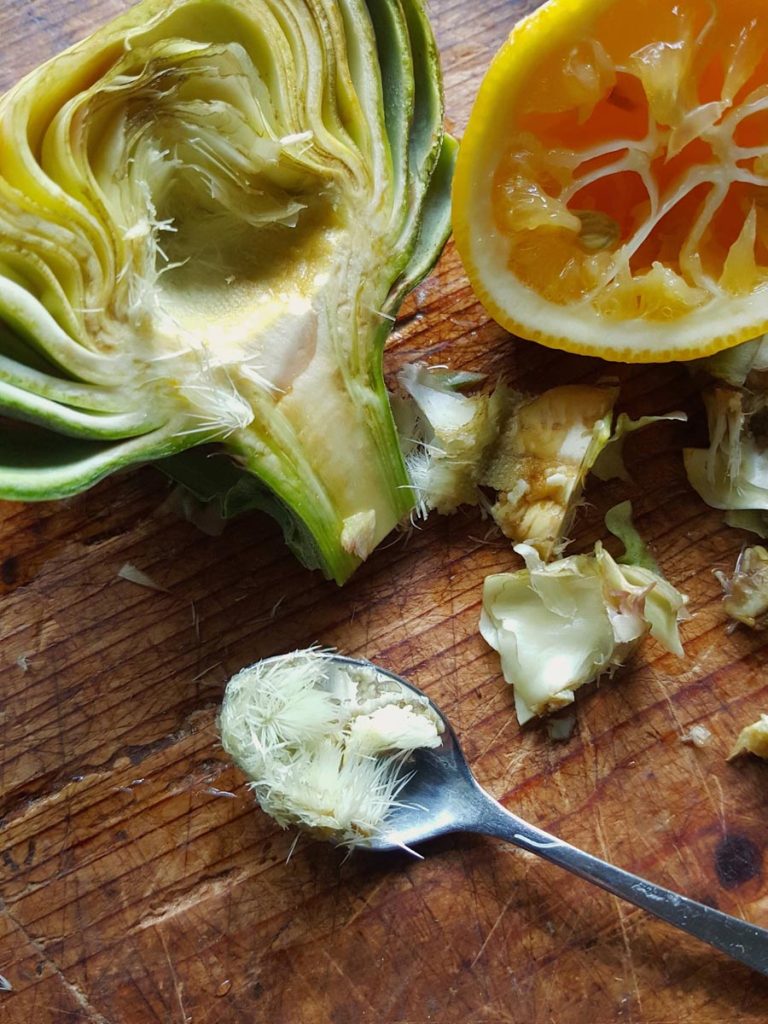
It’s primal … it’s messy … but the rewards are worth it.
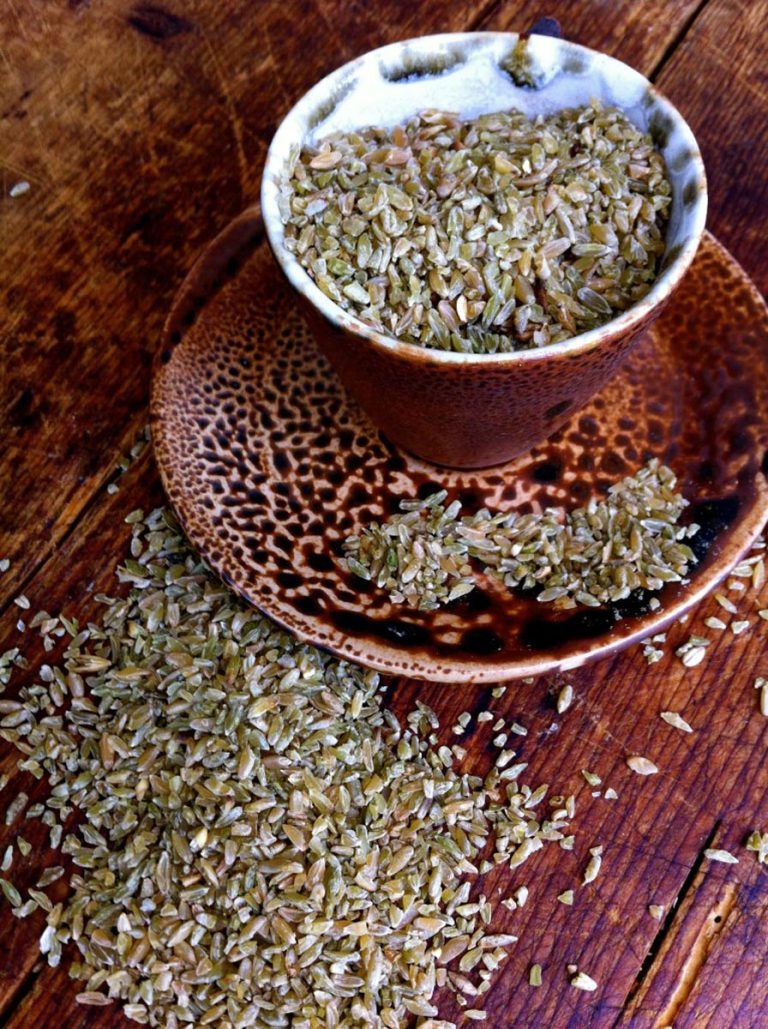
Freekeh is smoky and slightly chewy and gives salads some heft and a depth of flavour.
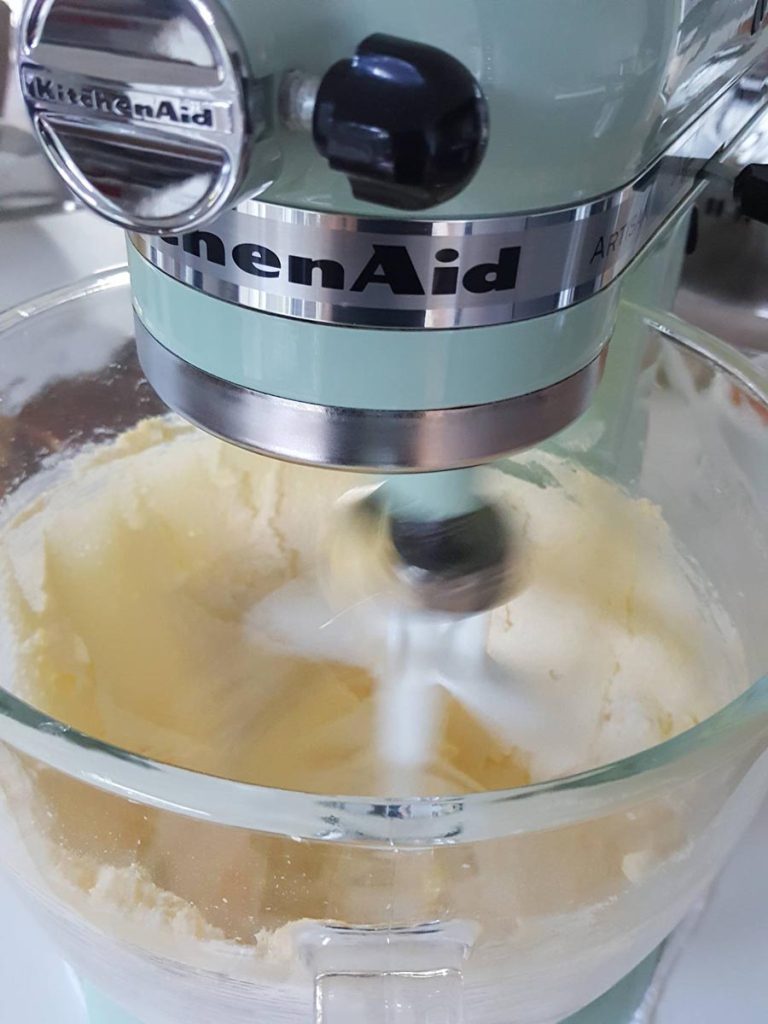
Cake time! It’s easy when you know how.
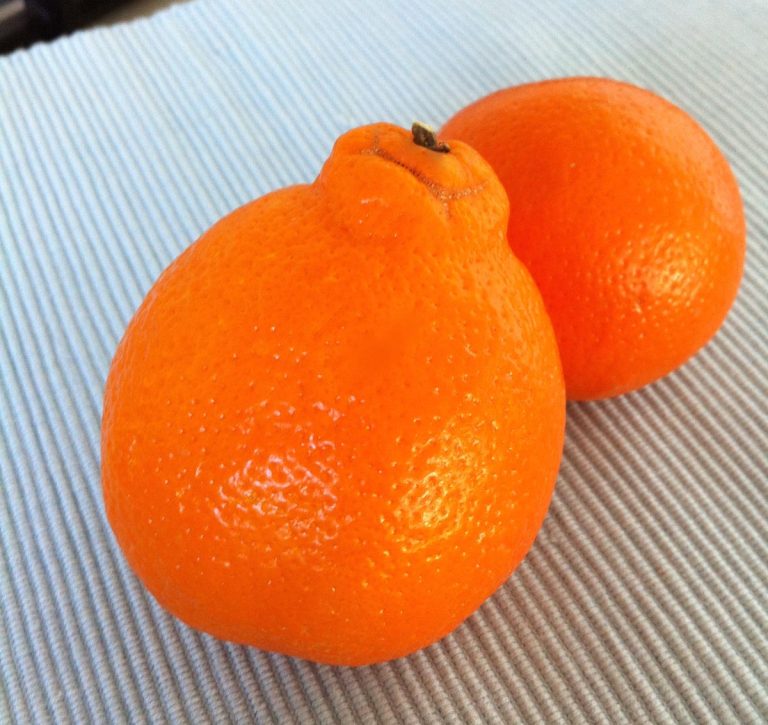
What’s a tangelo all about?
Of all the citrus tangelos are the juiciest, the most bracing, offering fresh acidity tempered with gorgeous sweetness. Did you know they are a cross between …
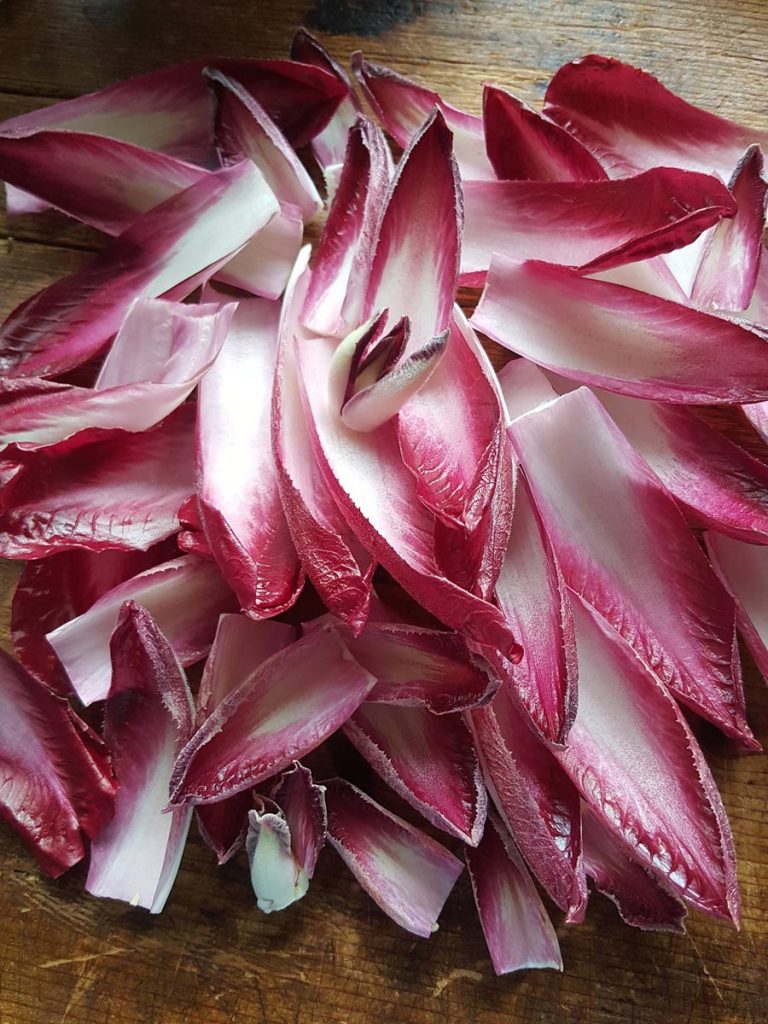
Sort out the riddle: witloof, endive, chicory …
No products in the basket.
Welcome to the new Shared Kitchen experience! If you encounter any issues, please let us know. Dismiss